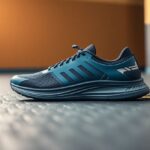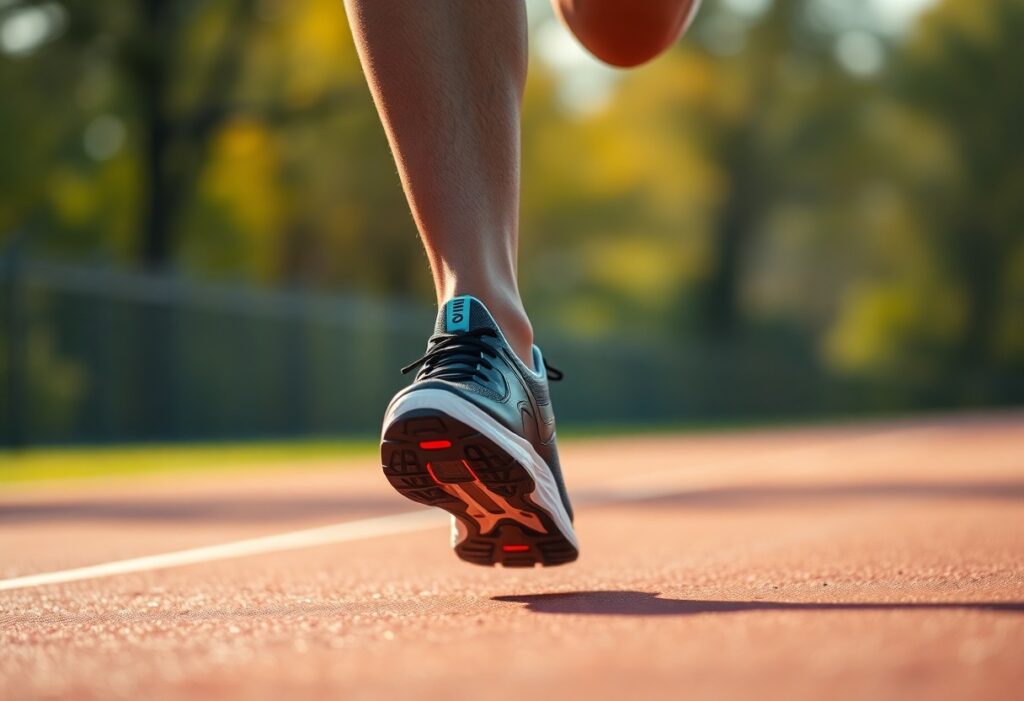
Delve into the revolutionary technological advancements in running footwear that have significantly reshaped the realm of performance enhancement for endurance athletes.
The realm of performance optimisation in endurance running has undergone a remarkable transformation thanks to advanced footwear technology, which presents athletes with exceptional opportunities to elevate their athletic capabilities. You will learn how state-of-the-art shoe designs can substantially lower your metabolic expenditure while enhancing running economy. By incorporating Carbon fibre plates and pioneering midsole materials, these footwear options deliver extraordinary energy return mechanisms that could potentially reduce your oxygen consumption by as much as 4%. Whether you are a professional competitor or a passionate hobbyist, grasping these biomechanical innovations can empower you to make educated choices regarding your athletic gear and enhance your race performance.
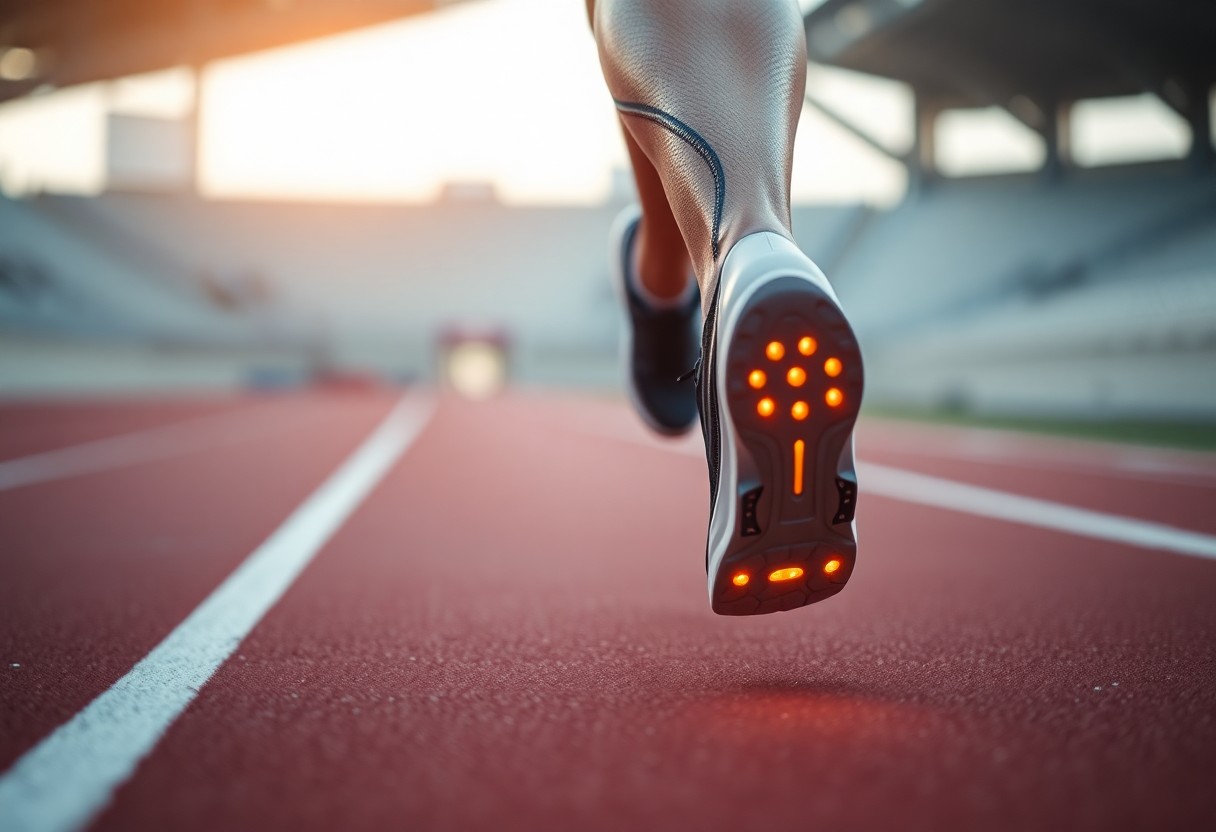 Continue your exploration into the intricate mechanics of running footwear that promise to elevate your performance:
Continue your exploration into the intricate mechanics of running footwear that promise to elevate your performance:
Unlocking the Mechanisms of Energy Return in Cutting-Edge Running Shoes
The latest advancements in running shoe technology employ intricate biomechanical principles to optimise energy transfer throughout the running process. Innovative design features collaborate seamlessly to minimise metabolic expenditure, establishing a sophisticated framework that enhances running efficiency via meticulous material engineering and geometric configurations. By concentrating on the intricacies of energy return, these shoes furnish runners with a noteworthy edge in both performance and stamina, facilitating longer runs while alleviating fatigue.
Analysing the Curvature Dynamics of Carbon Fibre Plates
Carbon fibre plates utilise precise geometric engineering to redirect kinetic energy during the running motion. Optimal curvature angles ranging from 12° to 15° enable maximum energy storage and return, with finite element modelling evidencing energy return efficiency of up to 93% in prototype designs. These engineered plates establish a spring-like mechanism that lessens muscular effort during the toe-off phases, allowing athletes to preserve energy over extended distances, resulting in improved endurance and overall performance.
Evaluating the Innovations in Midsole Materials: TPU vs. EVA
Material selection plays a pivotal role in determining shoe performance, with thermoplastic polyurethane (TPU) emerging as a superior choice for midsole technology. Comparative studies illustrate TPU’s significant advantages in energy return and impact absorption, offering athletes enhanced biomechanical efficiency under various running conditions. The decision between TPU and EVA foam is crucial for competitors aiming to optimise their performance whilst minimising the risk of injuries during training and competitive events.
| Energy Return | 18% higher in TPU |
| Oxygen Consumption Reduction | 2.4% lower with TPU |
A thorough investigation into midsole materials reveals nuanced performance characteristics. TPU exhibits superior resilience when compared to traditional EVA foam, maintaining consistent mechanical properties even after thousands of compression cycles. Runners benefit from more reliable energy return, decreased fatigue, and enhanced long-distance performance through cutting-edge material science innovations, which can significantly influence their overall training outcomes and competitive results.
| Impact Absorption | TPU absorbs 37% more force |
| Rebound Elasticity | 89% maintained across 50,000 cycles |
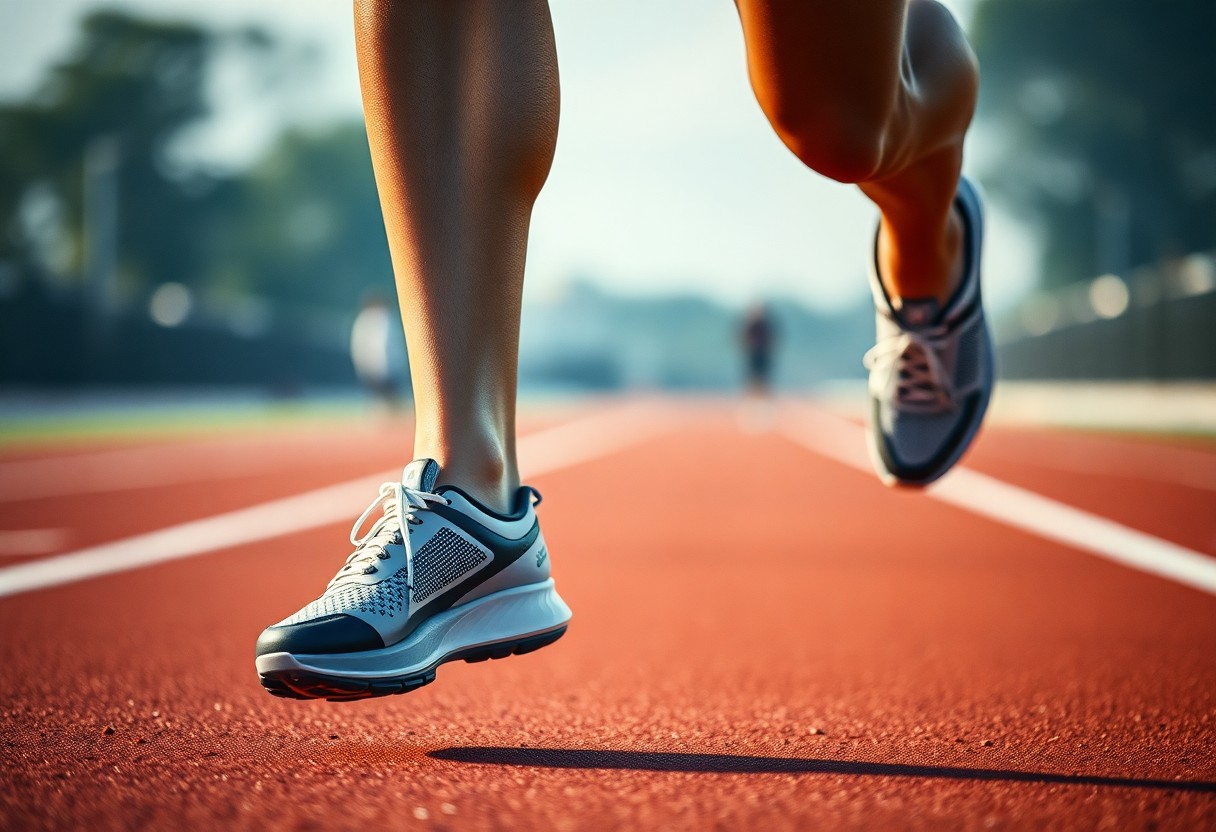 Continue as we explore the profound effects of advanced footwear technology on metabolic efficiency:
Continue as we explore the profound effects of advanced footwear technology on metabolic efficiency:
Evaluating Metabolic Efficiency: Identifying Who Gains the Most from Advanced Footwear
Advanced footwear technology does not yield equal benefits for all runners. Gains in metabolic efficiency differ significantly across various demographic groups, with elements like gender, age, and individual biomechanical profiles playing essential roles in enhancing performance. Research has identified intricate patterns of metabolic response, highlighting that the advantages of super shoes extend beyond mere performance metrics, encompassing complex physiological adaptations unique to each runner’s biomechanics.
Investigating Gender-Specific Enhancements in Performance
Research indicates that female runners achieve a 3.2% improvement in metabolic power, while males observe a 4.2% increase, indicating complex neuromuscular adaptations at play. Data on pelvic kinematics reveals a 14% greater reduction in hip adduction angle for females using advanced footwear, which may clarify subtle differences in metabolic gains across genders. Grasping these distinctions can aid in tailoring training and footwear selections to maximise performance benefits for each gender.
Understanding Age-Related Advantages and Endurance Performance
Masters athletes over the age of 40 exhibit a 2.8% greater reduction in oxygen cost when utilising super shoes, a likely compensatory mechanism for diminished tendon elasticity. Tibial loading analysis indicates a 12% cumulative stress reduction per kilometre for older runners, suggesting potential benefits in both injury prevention and performance sustainability. These insights underscore the critical role of advanced footwear technology in prolonging the competitive longevity of senior athletes.
The age-related benefits of advanced footwear technology extend well beyond basic performance metrics. Biomechanical studies reveal that older runners experience more pronounced adaptations due to compensatory mechanisms. Reduced tendon stiffness and modified muscle recruitment patterns interact with shoe technology to create a distinctive performance enhancement profile. Notably, the energy return mechanism of the carbon plate seems to counteract age-related biomechanical inefficiencies, potentially extending the competitive running careers of older athletes by alleviating the physiological challenges typically faced by aging competitors.
Continue reading to gain further insights into how advanced footwear technology influences injury risks:
Analysing the Impact of Running Footwear on Injury Risks
The introduction of advanced footwear technology fosters intricate biomechanical interactions that necessitate a thorough analysis of potential injury risks. Runners must thoughtfully assess the balance between performance enhancement and physiological adaptation. Longitudinal studies indicate subtle yet significant shifts in muscular recruitment patterns, joint loading, and proprioceptive feedback when transitioning to high-performance running shoes, highlighting the necessity for a comprehensive approach to training and recovery.
Injury Analysis: Evaluating the Cost of Enhanced Performance
Biomechanical research reveals a 9% increase in strain rates of the Achilles tendon among users of super shoes during high-intensity training. Plantar pressure mapping illustrates a 22% increase in forefoot loading compared to conventional trainers, particularly when navigating challenging terrains such as downhill running. These findings imply that while metabolic efficiency may improve, runners need to implement targeted strength and adaptation protocols to mitigate potential injury risks and promote long-term athletic health.
Optimising Training Protocols for Effective Gait Adaptations
Your biomechanical response to advanced footwear necessitates strategic adjustments in your training regimen. Gait retraining becomes essential to harness the unique energy return mechanisms of carbon-plated shoes. Runners must concentrate on cultivating neuromuscular patterns that align with the shoe’s biomechanical design, which can help reduce injury risk while maximising performance enhancements.
Comprehensive gait adaptation strategies incorporate multifaceted methods to effectively integrate advanced footwear technology. Biomechanical assessments indicate that runners typically require around 6-8 weeks of progressive training to fully acclimatise to the distinctive mechanical properties of super shoes. This adaptation phase involves targeted eccentric strengthening exercises, modified interval training protocols, and meticulous monitoring of lower limb biomechanics. Professional athletes and committed runners can greatly benefit from periodic 3D gait analysis to track subtle shifts in movement patterns, ensuring optimal alignment of advanced footwear technology with their individual biomechanical attributes.
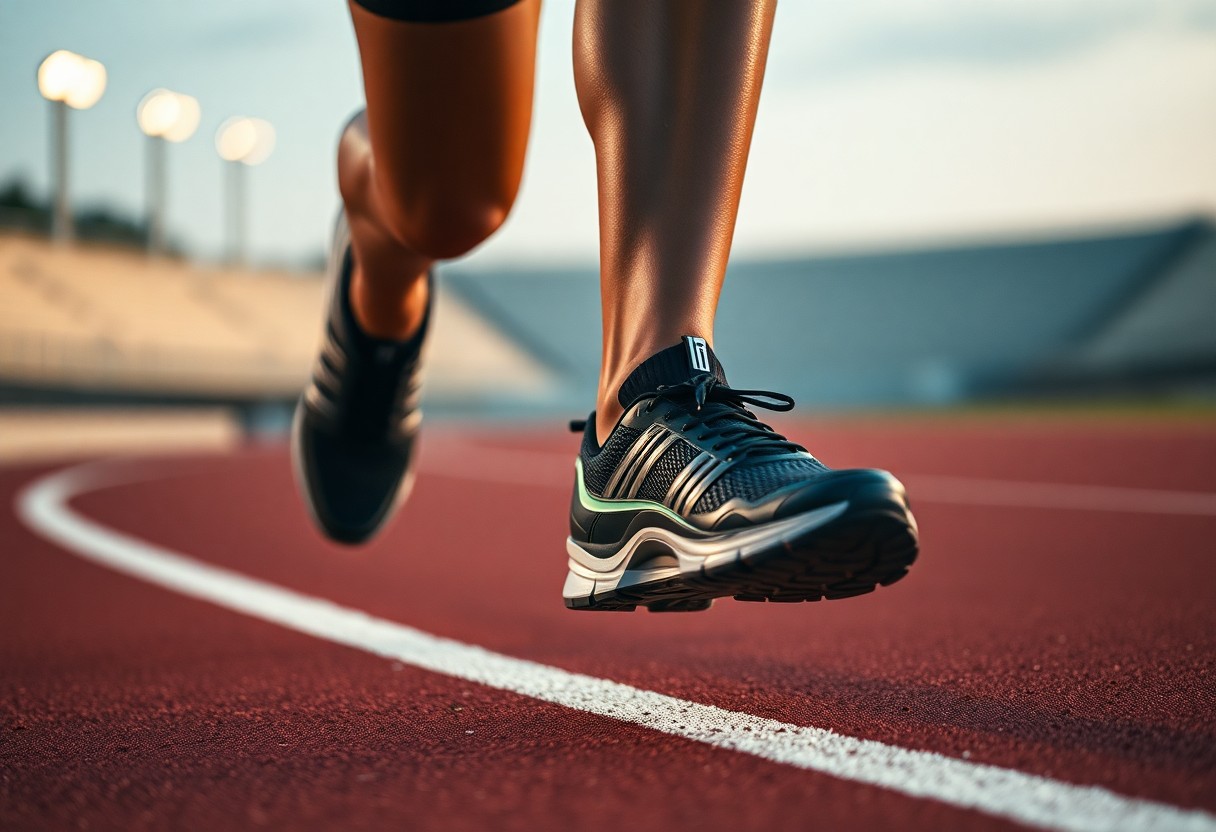 Explore the future of footwear technology and its implications for runners:
Explore the future of footwear technology and its implications for runners:
Anticipating Future Innovations in Running Footwear Technology
Emerging technologies are set to revolutionise the design of running shoes, pushing the limits of biomechanical efficiency and performance optimisation. Pioneering research is focusing on personalised solutions tailored to individual biomechanics, harnessing advanced materials, computational modelling, and integrated sensor technologies to develop a new generation of intelligent footwear designed specifically for elite athletes.
Transforming Footwear Design with 3D Printed Midsoles
Optimisation algorithms for lattice structures now permit precise variations in regional stiffness that align with individual foot pressure maps. Prototype testing has shown a 5.1% increase in metabolic savings compared to mass-produced models, with computational design facilitating unprecedented customisation of midsole geometries to maximise energy return while minimising biomechanical stress. This innovative methodology ensures that each runner can achieve peak performance tailored to their unique physical characteristics.
Integrating Smart Technology for Enhanced Performance Monitoring
New sensor technologies are transforming running shoes into advanced performance tracking devices. Real-time ground reaction force feedback systems can reduce oxygen cost by 1.9% through micro-adjustments in cadence, offering runners immediate biomechanical insights during both training and competition. These advancements are vital for athletes striving to fine-tune their techniques and performance metrics.
Advanced sensor integration signifies a remarkable advancement in performance monitoring technology. Multi-axis accelerometers, pressure-sensitive matrices, and embedded microprocessors can now capture intricate biomechanical data with unparalleled accuracy. These intelligent systems analyse gait mechanics, impact forces, and energy expenditure in real-time, furnishing runners with detailed insights into their movement patterns. Machine learning algorithms now have the capability to predict potential injury risks, optimise training loads, and recommend personalised technique adjustments based on comprehensive movement analysis, effectively transforming running shoes from passive equipment into proactive tools for performance optimisation.
Finally, deepen your understanding of the evolving landscape of advanced footwear technology within endurance running:
Embracing the Evolution of Advanced Footwear Technology
In summary, you have examined the transformative landscape of advanced footwear technology in endurance running. Your comprehension now includes how innovative design elements such as carbon plates and high-performance midsole materials can drastically diminish metabolic costs while boosting running efficiency. By leveraging scientific insights, you can recognise that these shoes provide more than just marginal gains; they signify a monumental shift in athletic performance. Your investment in such technology could potentially lead to enhanced running economy, reduced energy expenditure, and optimised biomechanical responses across various athletic demographics.
The Article Biomechanical Efficiency of Advanced Footwear Technology: Metabolic Cost Reduction and Performance Enhancement in Endurance Running appeared first on My Shoes Finder.
The Article Biomechanical Efficiency in Advanced Footwear for Runners Was Found On https://limitsofstrategy.com


